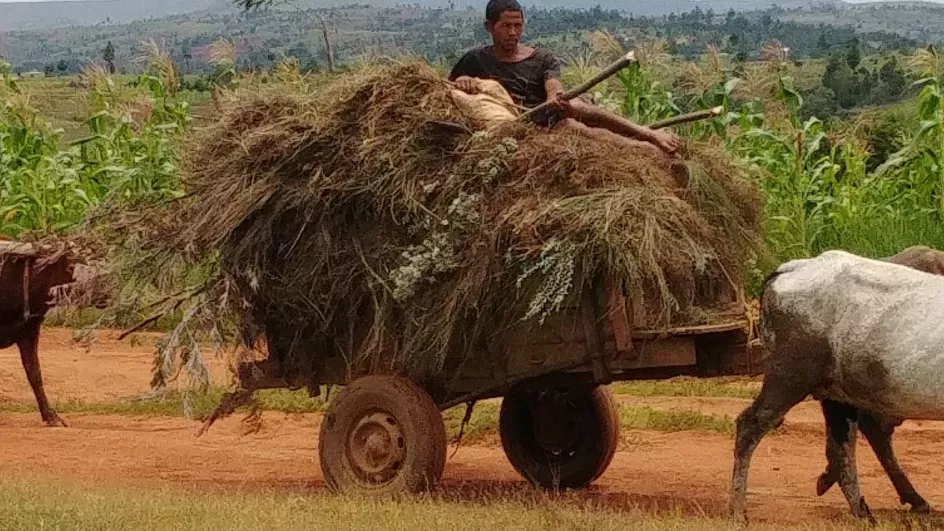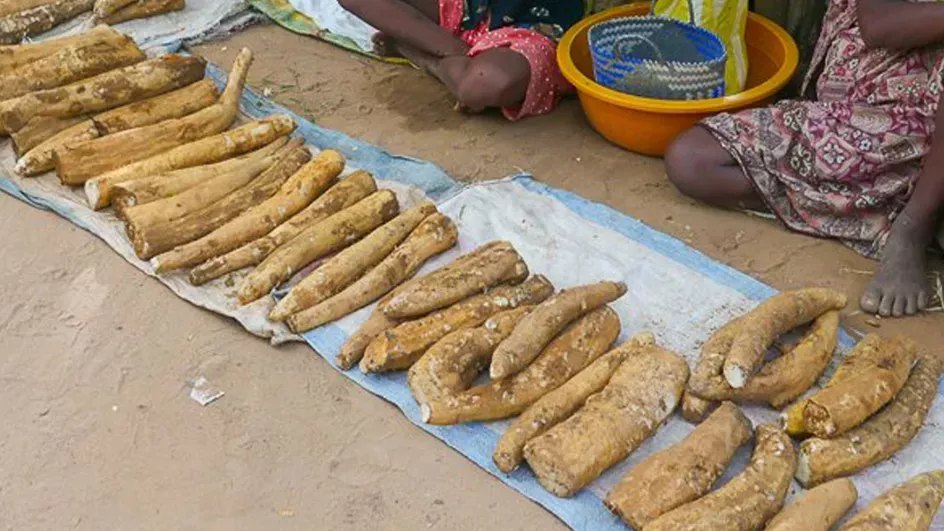Kew Madagascar Conservation Centre
We have over 60 Malagasy colleagues based at our third research site working to protect Madagascar's unique flora.

Madagascar is the world’s fourth largest island and a global biodiversity hotspot.
Vast grasslands shaped by ancient creatures, tropical forests and deserts are just some of the ecosystems found on this incredibly unique island.
These ecosystems are home to an enormous array of distinct plants and animals found nowhere else in the world, including ring-tailed lemurs and sacred baobabs.
Kew has been working in Madagascar since 1986, protecting the critically threatened megadiverse environment.
The Kew Madagascar Conservation Centre (KMCC) is RBG Kew’s third research site and only overseas office.
Illegal deforestation, slash and burn agriculture and the overexploitation of natural resources are devastating habitats as Madagascar’s population strive for survival and economic development.
Situated in the country’s capital Antananarivo, a team of Malagasy scientists, students and support staff work with collaborators, local partners and communities to safeguard rare plant species, protect grasslands to improve livelihoods and conserve wild yams to increase food security.
Behind the scenes at the Kew Madagascar Conservation Centre
See how a team of 60 incredible staff are protecting Madagascar's biodiversity and people
Projects

Digitaria grasses: diversity and agricultural interactions in Madagascar
Improving the productivity and resilience of smallholder farmers through the improvement of weed management practices.

Sustainable yam markets for conservation and food security in Madagascar
Increasing incomes and enhancing nutrition from wild and cultivated Malagasy yams.

Grasses and savannas of Madagascar
Understanding and conserving Madagascar's grasslands.

Today’s Flora for Tomorrow (Madagascar)
Give digital access to and work towards the conservation of plants and fungi of Madagascar while training the next generation.

Accelerating regeneration and providing alternative livelihoods in Madagascar’s dry forests
Dry forest conservation where it's needed most
Updates on our work in Madagascar

Madagascar's useful and weedy Digitaria grasses
Kew Madagascar researchers have been undertaking fieldwork to build up our understanding of grasses to benefit local smallholder farmers.

Saving wild yams
Many rural communities opt for wild species of yams and many are threatened by extinction.

Seeking burnt forest for restoration
Our scientists have been using drones in Madagascar to seek out burnt forest sites that can be restored and regenerated.

Five ways that Kew is helping to restore Madagascar's dry forests
From drones to community conservation
Teams

Madagascar Protected Areas
Conserving biodiversity in the Itremo Protected Area for benefit of local people.

Madagascar Livelihoods
Working to improve livelihoods as part of wider conservation initiatives in Madagascar

Madagascar Biodiversity
Accelerating taxonomy in a biodiversity hotspot

Madagascar Ecosystems
Madagascar Ecosystems team

Madagascar Operations
Supporting Kew's teams in Madagascar, ensuring the delivery of our research.